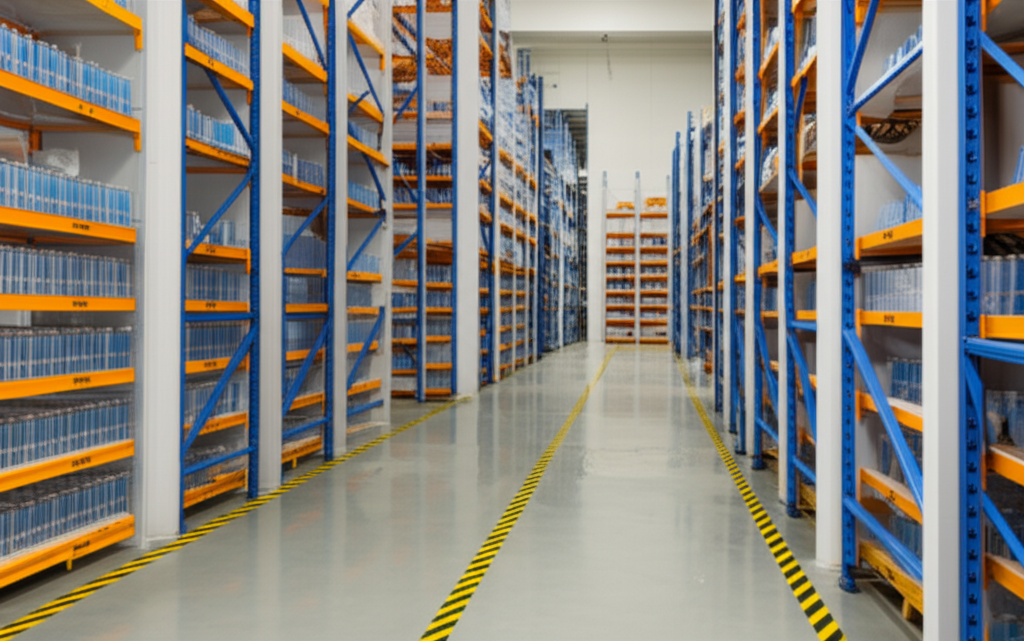2,5-Dichlorophenol is a critical intermediate chemical used extensively in the synthesis of agrochemicals, pharmaceuticals, dyes, and specialty products like leather preservatives. It appears as a white needle-like crystal with a distinct odor and serves as a key building block for dicamba, a widely applied herbicide effective against broadleaf weeds in crops such as wheat. However, traditional synthesis routes have long struggled with serious drawbacks, including high separation complexity, toxic byproducts, and inefficient resource utilization. A groundbreaking new process overcomes these limitations through a streamlined two-step approach centered on halogenation and hydrolysis, offering transformative advantages for the fine chemicals industry.
Existing methods for producing 2,5-dichlorophenol face significant hurdles that hinder large-scale economic viability and sustainability. For instance, one common approach involving mixed dichlorophenols from 1,2,4-trichlorobenzene suffers from poor yield efficiency due to the arduous separation requirements. Another method using 2,5-dichloroaniline generates excessive inorganic salts and corrosive effluent, resulting in severe environmental contamination and equipment degradation. Even alternative green routes with hydrogen peroxide exhibit unacceptably low conversion rates, making them impractical for industrial implementation. These inefficiencies collectively bottleneck the supply chain for dicamba and similar derivatives, emphasizing the urgent need for innovative solutions in this high-demand sector.
The newly developed process addresses these challenges head-on by leveraging a dual-stage reaction sequence with 1,4-dichlorobenzene as the foundational raw material. This methodology capitalizes on halogenation and hydrolysis to achieve a short synthesis path and simplified operational workflow, significantly cutting costs while minimizing waste outputs. Crucially, this approach deliberately employs bromine or iodine rather than chlorine, capitalizing on the greater ease of substitution for hydrolysis into the phenolic group. Parameters are meticulously optimized to control halogenation depth and enhance efficiency without complex separations.
In the halogenation step, 1,4-dichlorobenzene is first dissolved in an organic solvent such as carbon tetrachloride, dichloromethane, or dichloroethane, which is added in a proportion of 2–6 times the substrate weight to ensure complete dissolution and reaction efficiency. A catalyst—typically aluminum chloride or aluminum bromide—is introduced at 1–10% of the substrate weight to boost reactivity under mild conditions. Halogen (bromine or iodine) is then slowly added dropwise at 30–50°C over a 6–10 hour period, with precise molar ratios of 0.5–1:1 relative to the substrate to maximize mono-halogenation and minimize di-substituted byproducts. Crucially, residual halogens are efficiently removed using solutions like sodium sulfite or sodium metabisulfite, which react to render the mixture colorless and allow solvent recovery. The recovered halogens are reused via oxidation with chlorine gas into reusable elemental forms, dramatically reducing input costs and hazardous residues.

The hydrolysis step follows, where the intermediate product—either 2,5-dichlorobromobenzene or 2,5-di chlorobenzene—is dissolved in methanol in amounts of 2–8 times its weight. Copper salt catalysts such as copper sulfate, copper chloride, or copper nitrate (at 0.1–1.0% of intermediate weight) are added to facilitate the reaction alongside inorganic alkali like sodium or potassium hydroxide and controlled water quantities. This mixture undergoes rapid transformation at elevated temperatures of 150–210°C under pressures of 1–2 MPa for 1–3 hours. Workup involves simple alkali washing, acidification to strong acidity, extraction with solvents like dichloromethane, and evaporation, yielding high-purity 2,5-dichlorophenol. The integrated recovery loops and optimized conditions ensure minimal byproduct formation.
Key benefits of this novel process include exceptional conversion rates exceeding 92% and selective hydrolysis yields reaching up to 92.5%, as demonstrated in robust industrial trials. It stands out for its environmental superiority through reduced acid usage, halogen recycling, and lower waste volumes compared to conventional techniques. Additionally, the closed-loop material flow slashes operating expenses, making it ideal for high-volume production. Adjusting dripp rates for bromine and catalyst proportions prevents halogen loss and ensures stable kinetics, further cementing scalability. This innovation not only propels efficiency but also aligns with global green chemistry initiatives by cutting carbon footprints and enabling sustainable agrochemical manufacturing.
Overall, this halogenation-hydrolysis route represents a major leap forward for the synthesis of 2,5-dichlorophenol. Its inherent simplicity, cost-effectiveness, and eco-friendly attributes promise to revolutionize herbicide production, particularly for markets reliant on dicamba. As demand for high-performance cropping solutions rises, this adaptable and scalable technology positions industries for growth while mitigating traditional ecological impacts.
Experimental data confirm the methodology's superiority across metrics like purity, yield consistency, and resource conservation. Performance highlights include conversion targets above 95% under optimal settings and production scales without sacrificing economic or environmental trade-offs. Future applications could extend to broader halogenations in fine chemicals, underscoring the broad commercial potential and innovation this breakthrough introduces to chemical synthesis landscapes. By streamlining atom economy and operational safety, it sets a new benchmark for next-generation industrial processes in the specialty intermediates sector.
Manufacturing Facilities






Professional Export Experience
to Global Customers

1. 20 years of R&D, manufacturing and sales experience, serving customers in 60 countries and regions around the world;
2. Own R&D laboratory, pilot platform and large-scale production workshop, which can meet the audit requirements of global customers;
3. We can satisfy customers' perfect transition from small scale lab requirements (gram level) to commercialization requirements (hundred tons level).
A: We don't have Minimum Order Quantity, exact quantity should be provided before quotation for us to calculate the exact cost.
A: We don't provide free samples due to lots of request and expensive international courier's cost, we can deduct the sample charge after commercial order placed.
A: Our payment terms: Small or sample order: T/T IN ADVANCE. Commercial order: First order should be by T/T IN ADVANCE or L/C at sight, and following orders T/T 30~90days is acceptable subject to approval of credit application.